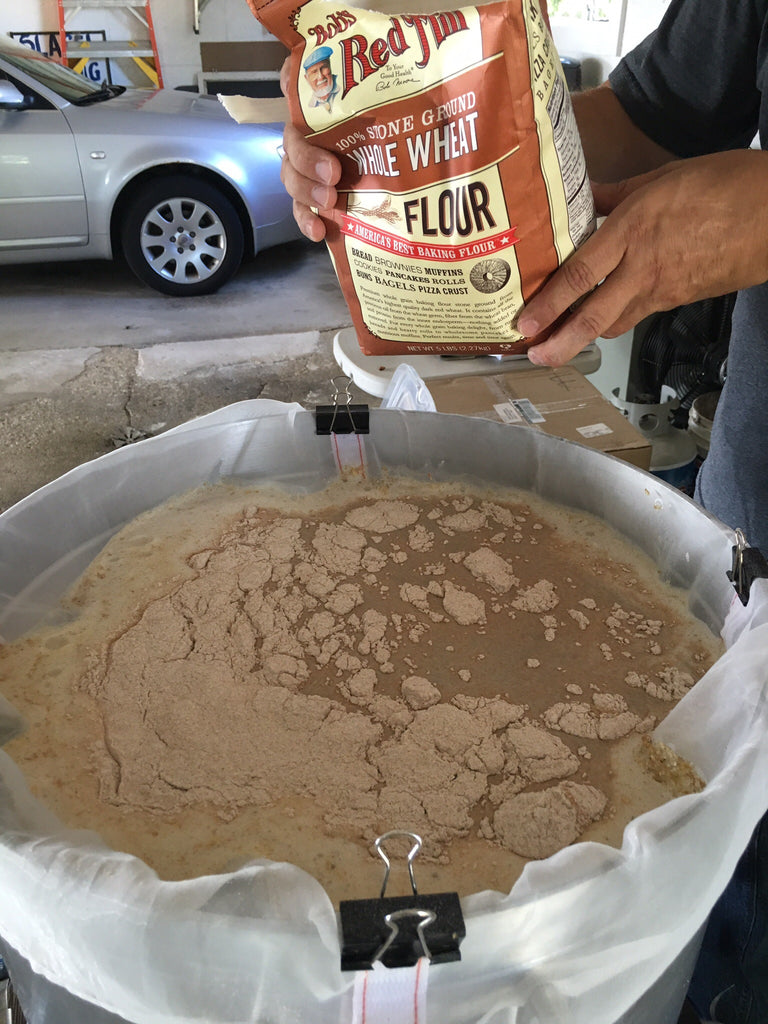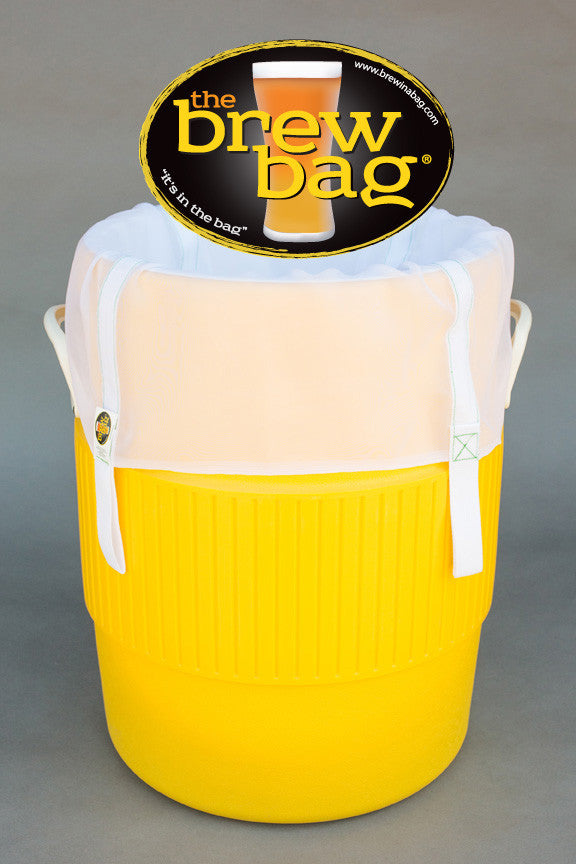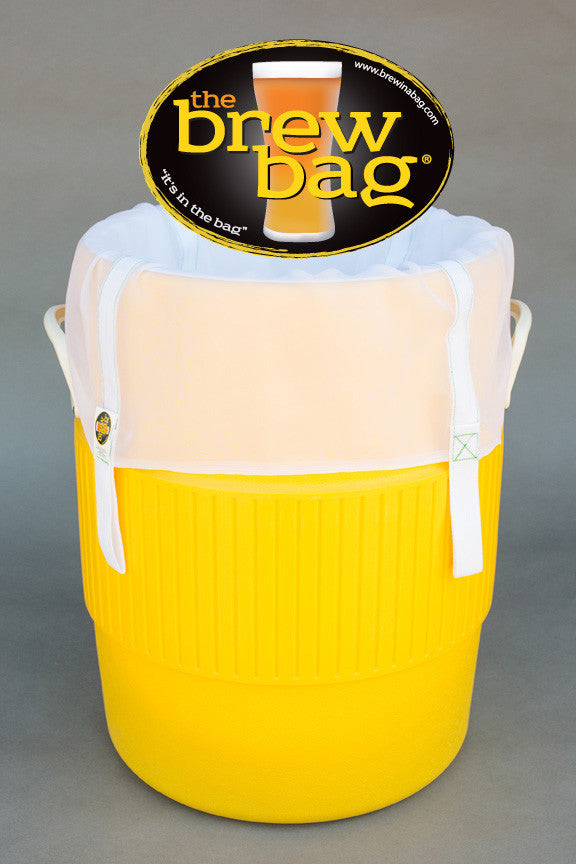The Brew Bag Blog — mash
Brew In A Bag Video Series by The Brew Bag founder Rex Slagel
BIAB brew in a bag fabric for a brew bag grain crush hop spider how to brew Insulation lost temperature brew in a bag making a brew bag making beer mash no sparge sparge sparging stuck sparge The Brew Bag voile water to grain ratio wort filter
We've seen a good many videos showing how to use a fabric filter to brew in a bag, but there aren't any that detail why this works so well. Here you'll find a bit of science along with some practical information to make great beer in about 3.5 hours using minimal equipment.
Homebrew Academy review of the The Brew Bag®
BIAB brew in a bag brew in a bag bags double mill grain fabric for a brew bag home brewing how to brew making a brew bag mash sparging stuck sparge The Brew Bag voile wort filter
Brew In A Bag Process and Tips - video
BIAB brew in a bag cooler mash tun filter beer grain crush how to brew mash mash gravity no sparge sparge sparging stuck sparge The Brew Bag water to grain ratio
We've added a series to YouTube so you can see the step-by-step process of brewing using a fabric filter. This VIDEO outlines the processes and briefly explains the advantages of using true filter instead of relying on the grain bed and a bottom pick up.
Mash - thin or thick?
BIAB brew in a bag mash The Brew Bag thick mash voile water to grain ratio
I wrote this in response to an article written by Brad Smith in which he stated that one of the "cons" to brew in a bag was a high water to grain ratio. He didn't respond. "You mention that a high WTG ratio produces less beta-amalyse. In my research the higher WTG ratio impacts conversion positively. The enzymatic conversion of starch to maltose for B-Amaylase is activated in the temperature range of 143.6 to 152.6. See the following from Kai Trauser with references to Dr. Ludwig Narziss and Dennis E. Briggs." The results for mash thickness were somewhat surprising....



